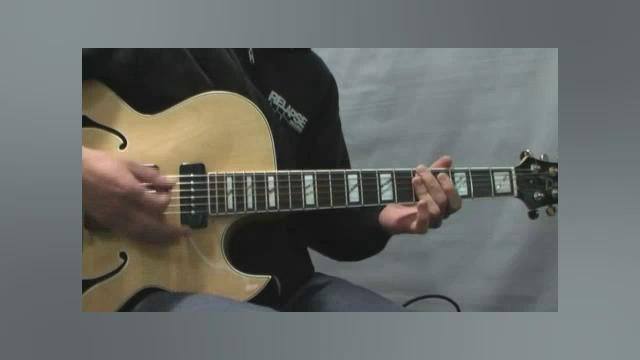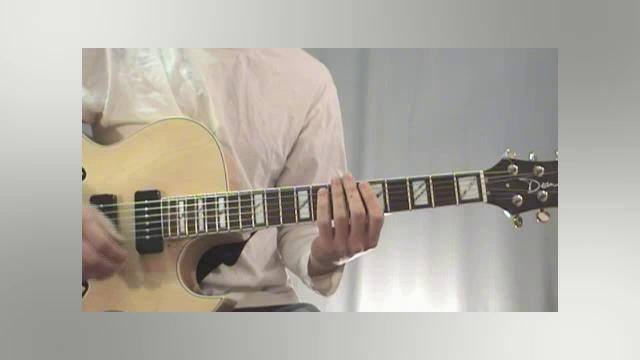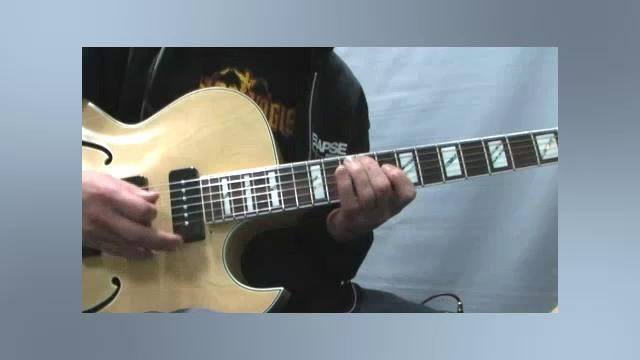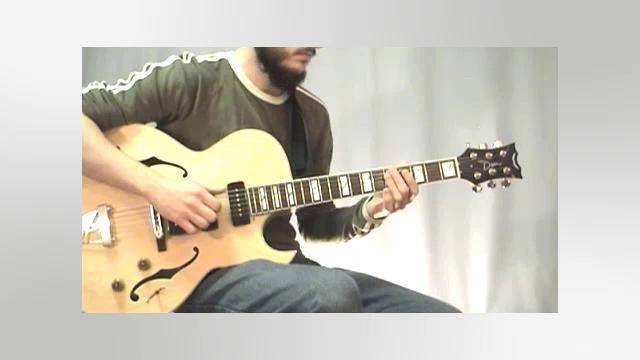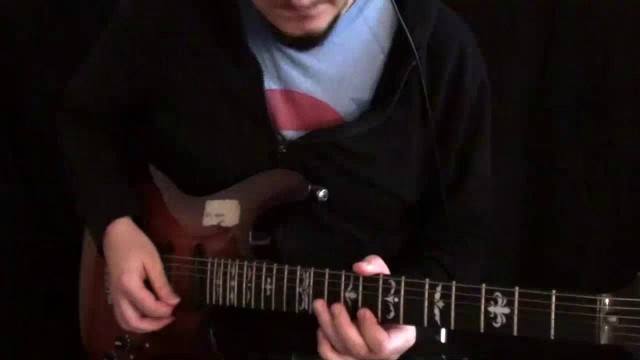Okay, hopefully you were coping well with that last lesson.
In the previous exercise our physical metronome and internal metronome were playing on every beat in the bar. The premise of the remaining exercises is to gradually remove more of the physical metronome and replace it with your internal metronome in order to improve the precision of your time feel.
For the purpose of this tutorial we'll relate much of this technique to jazz and fusion playing but you could alter this to apply in any genre or playing style.
Now in Jazz and Fusion music the beats which we rely on for time information are actually beats two and four. When you listen to a jazz drummer you'll hear him playing the Hihat or Ride cymbal on those beats in order to give a swing feel to the beat. In rock music and much of popular music it's beats one and three that provide the majority of the time information and feel to the music with beats two and four providing a back beat to drive the music along.
This exercise is going to have you setting up your metronome to click on beats two and four only, meaning that you have to provide beats 1 and 3 using your internal metronome. This will naturally cause you to play with a swing type feel. Again, I set my metronome up at 82 bpm giving me a true tempo of 164 bpm. If you have a metronome which stresses beat one with a different sounding click it'd be wise to turn this off, otherwise you may have trouble trying to perceive that click as anything other than beat one.
Your job is to now attempt to hear these two clicks at 82bpm as beats two and four of the bar instead of one and three. It might help to start your count on 2 until you get the feel for this.
This can be graphically represented as follows,
1 2 3 4 | 1 2 3 4
↑ ↑ ↑ ↑
Refer to the TAB below for the chords and progression and try to match my feel in the video. Rather than TAB out exactly what I played (which would just give you a mass of extra material to learn) I've written out the basic chord progression and you can improvise rhythmically from there. I do some walking bass and other rhythmic devices but I recommend you start with just the simple chord progression in each exercise. Tap your foot on beats 2 and 4 also.
Good luck.





















